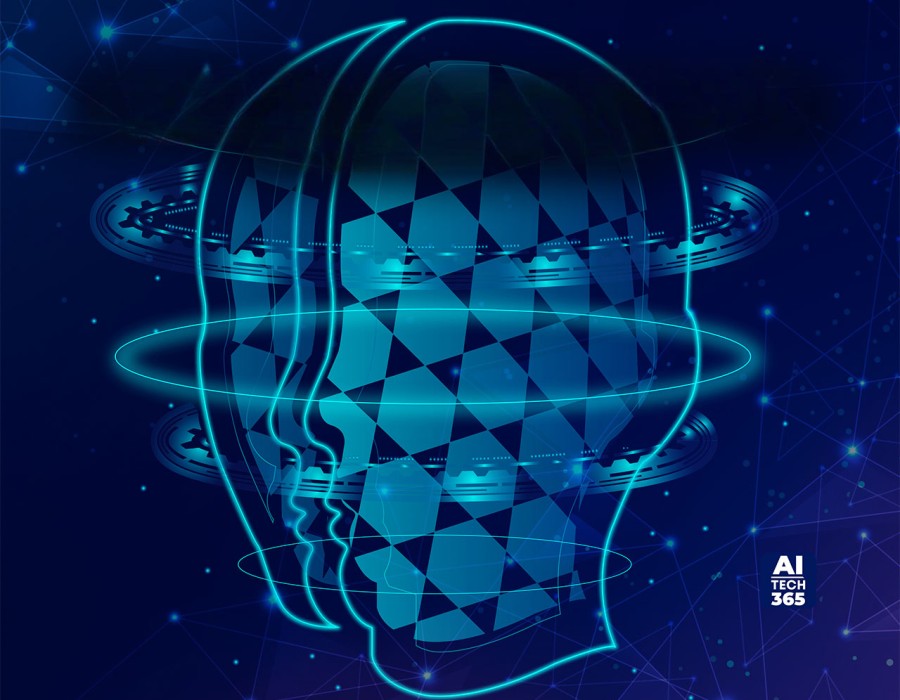In today's rapidly advancing digital world, artificial intelligence (AI) is revolutionizing everything from virtual assistants to autonomous vehicles. However, amidst this wave of innovation, the importance of emotional intelligence (EI) can sometimes be overlooked. As AI takes center stage in technological advancements, understanding how it intersects with emotional intelligence is critical. So, how do AI and emotional intelligence connect? Let’s explore this exciting fusion.
Understanding AI and Emotional Intelligence
Emotional Intelligence in AI, often called Emotion AI or Affective Computing, refers to the capability of AI systems to recognize and respond to human emotions. By analyzing facial expressions, body language, and other emotional cues, AI can interpret and react to human feelings. This breakthrough allows machines to interact with humans in a more natural and human-like manner, closely mimicking real-life interpersonal communication.
The concept of affective computing was first introduced in 1995 at MIT’s Media Lab by Professor Rosalind Picard, who pioneered using cameras, microphones, and sensors to capture and analyze emotional responses. Today, machines can not only process vast amounts of data but also detect subtle emotional signals that even humans might miss.
Benefits of AI Enhanced with Emotional Intelligence
- Improved Human-Machine Interactions: Combining emotional intelligence with AI enhances human-machine communication by adapting to users' emotional states. This is especially valuable in customer service, where AI can provide personalized, emotion-aware assistance.
- Transforming Education: AI-driven educational platforms that adapt to a student’s emotional state can create personalized learning experiences. Games and simulations tailored to emotional feedback help improve engagement and educational outcomes.
- Shaping the Future of AI: Emotional intelligence in AI will lead to more sophisticated robots and systems capable of understanding and responding to human emotions. This development paves the way for AI systems that may become self-aware, using emotions to inform their decision-making processes.
- Ethical Concerns: With great power comes great responsibility. The integration of emotional intelligence in AI raises ethical questions around privacy, bias, and the need for accountability. The data AI systems collect must be handled carefully to avoid breaches of trust.
AI vs. Emotional Intelligence: Key Differences
Although AI and emotional intelligence overlap, they have significant differences:
- Focus: Emotional intelligence focuses on understanding and responding to human emotions, while AI is centered on data analysis and problem-solving.
- Adaptability: Emotional intelligence evolves with experience and context, whereas AI algorithms stay the same unless modified by humans.
- Application: AI excels in tasks related to machines and data processing, while emotional intelligence is crucial in leadership, human relations, and personal growth.
Emotional intelligence can also guide the development of AI systems that require interaction with humans, emphasizing the importance of understanding emotional cues.
Real-World Applications of AI and Emotional Intelligence
As industries evolve, several companies are using AI-driven emotional intelligence to improve their offerings:
- Affectiva: This company’s emotion recognition software, Affdex, helps marketers analyze real-time facial expressions during video viewings. By comparing these expressions to an emotional database, companies like Kellogg's and CBS can refine their marketing strategies. In the automotive industry, Affectiva is also exploring how emotion AI can improve safety by detecting driver fatigue and enhancing passenger experiences.
- Realeyes: Realeyes leverages AI and computer vision technology to assess viewer reactions during marketing campaigns. By analyzing facial expressions through webcams, companies like Coca-Cola and Hershey’s can optimize their ad content for better engagement and conversion.
- Microsoft’s HUE: Microsoft is developing emotionally intelligent technologies under the Human Understanding and Empathy (HUE) initiative. Their focus is on integrating emotional AI into products like empathetic search features, gaming, and adaptable work environments to enhance user experience and well-being.
Conclusion
The integration of AI with emotional intelligence is shaping a future where machines are more empathetic, responsive, and ethically attuned. As technology advances, so too must our understanding of the critical role emotional intelligence plays in creating more human-centric AI systems. Balancing AI’s capabilities with the emotional nuance humans provide will define the next phase of innovation, leading us toward a more compassionate and insightful digital age.





Comments